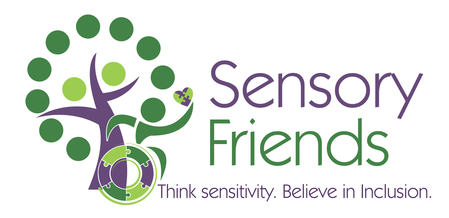Developing a Positive Behavior Support Plan
- Identified goals for successful experiences: What are our expectations? What does a successful activity or routine look like?
- Identified behavior(s) and patterns of behavior: What behavior(s) did we feel was important to address? Did we notice behavioral patterns (i.e: happens every day at certain times or places)?
- Hypothesis: Our best guesses for why Richie’s behaviors take place. This includes descriptions of the antecedents (what happened before/triggered the behavior), what might have reinforced the behavior, and the purpose of the behavior.
- Description of Replacement/New Skills to be learned: sometimes challenging behavior happens when a child/person is limited or deficient in other important daily living skills. It’s important for Richie to learn new skills and continue to make progress in areas of self-advocacy and independent living.
- Consequence Strategies – a description of what we’re going to do when these behaviors happen.
- Management Strategies – What could we be doing to help support good behavior and our goals for successful experiences?
- Access to Devices: Whenever Richie had to part with his iPad or device, he would display challenging behaviors. In the evening when it was time for a shower, Richie would become so angry he would start pinching and hitting me on the way to the bathroom. We guessed that he behaved this way because either he didn’t think he would get the iPad back again, or he just preferred to play with it over any other activity expected of him. Most recently, we discovered that having his CD player play his favorite song in the bathroom prior to mentioning the word “shower” has worked wonders. He now smiles on the way to the bathroom!
- Attention and Interaction: if Richie wants attention or to interact with us and we were unable to play with him at the moment, Richie would engage in the same challenging behaviors. There were many times Richie would expect my attention, but as a blogger I’m not always available even though I work from home. As a result, Richie would become agitated and start pinching me. Playing a certain movie, or giving him a specific toy that is only available during times I’m unavailable for play was a great idea suggested by our behavior consultant. It was also important that I come up with a way to let Richie know when my attention would become available to him. The use of a visual timer was one strategy that could be used to communicate the length of time he would have to wait for my attention.
- Sensory and Tolerance: if Richie is exposed to sounds that irritate him, he will engage in challenging behaviors. We go to restaurants and other events in the community with Richie all the time. There is always the possibility of an infant or toddler screaming or making high pitch sounds, or noisy crowds that will irritate Richie causing him to have an episode. Having headphones handy and teaching Richie to ask for them when he needs them is key. I always have his mp3 player and headphones in my purse for when outside noises become too overwhelming for Richie. I also found some sites that have an impressive list of “soundbanks” that will help Richie to develop a tolerance to certain noises that are sometimes unavoidable in public places. (Big Soundbank and FND Soundbank).
- Task Demands: when Richie is asked to perform a new task or activity, he may become frustrated and engage in challenging behaviors. Getting Richie to conduct an activity or complete a new task is not always easy, especially if it’s not something he’s interested in. We needed to figure out how to get Richie to understand daily expectations. Using visual pictures would be great for teaching schedules, chores, and having a visual list of preferred activities for him to choose from would be great too. Richie needed to understand the purpose of the activity and what would happen after he completed the task.
“Putting the Plan in Place.”



 RSS Feed
RSS Feed